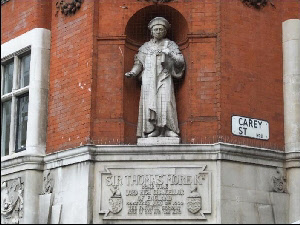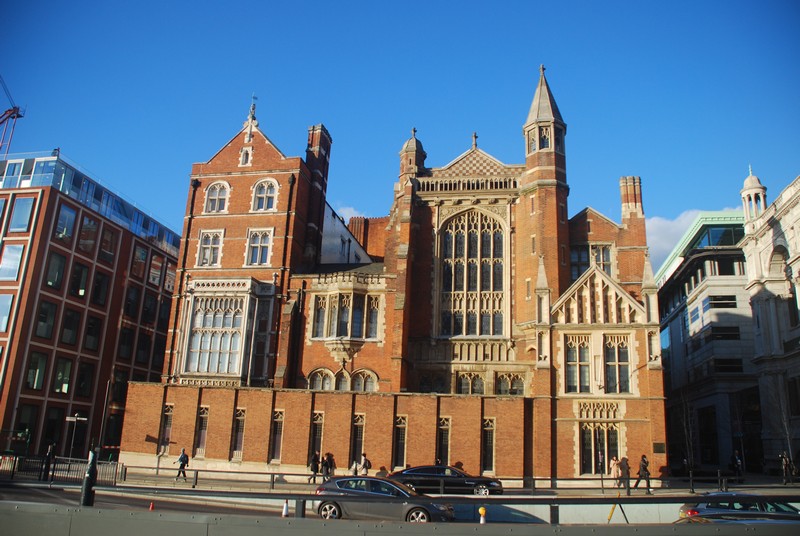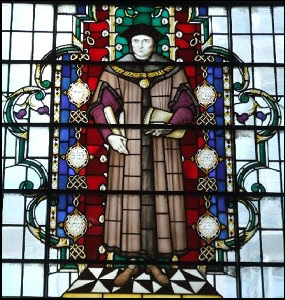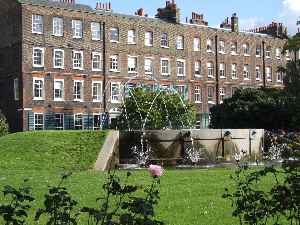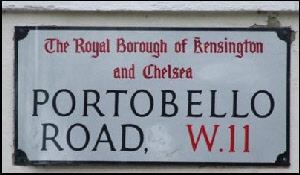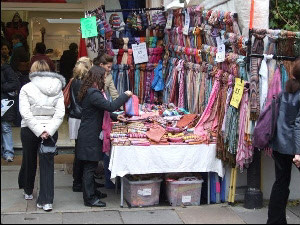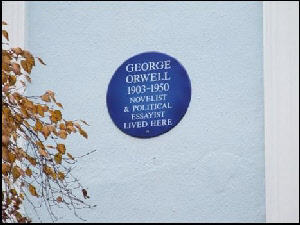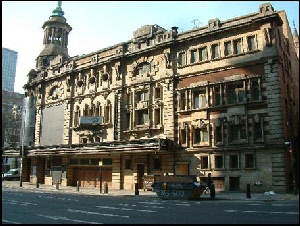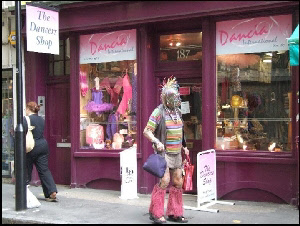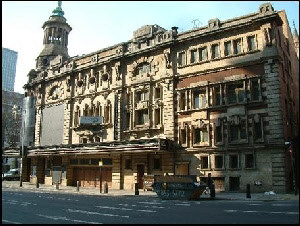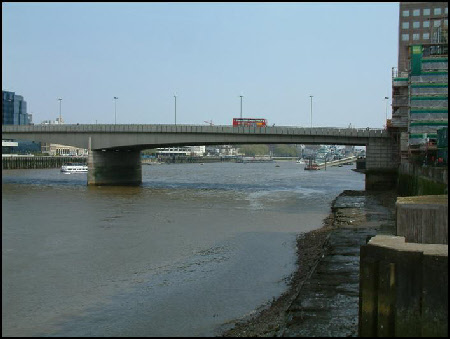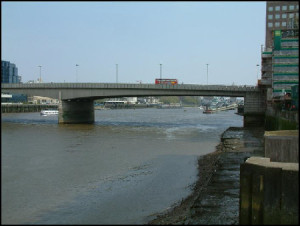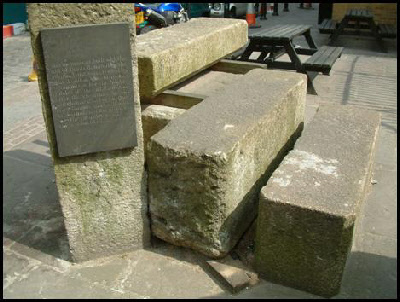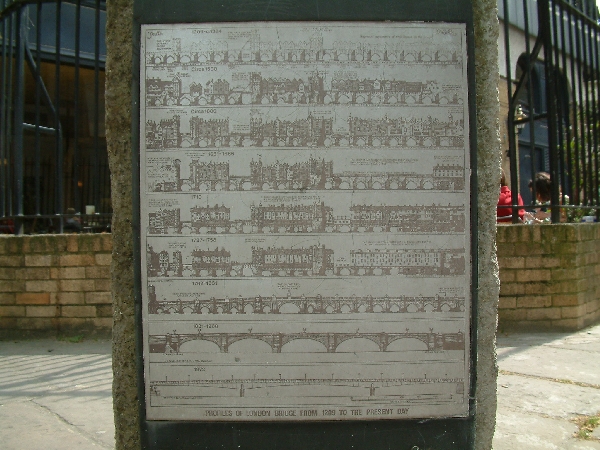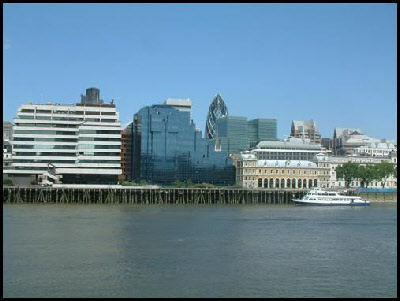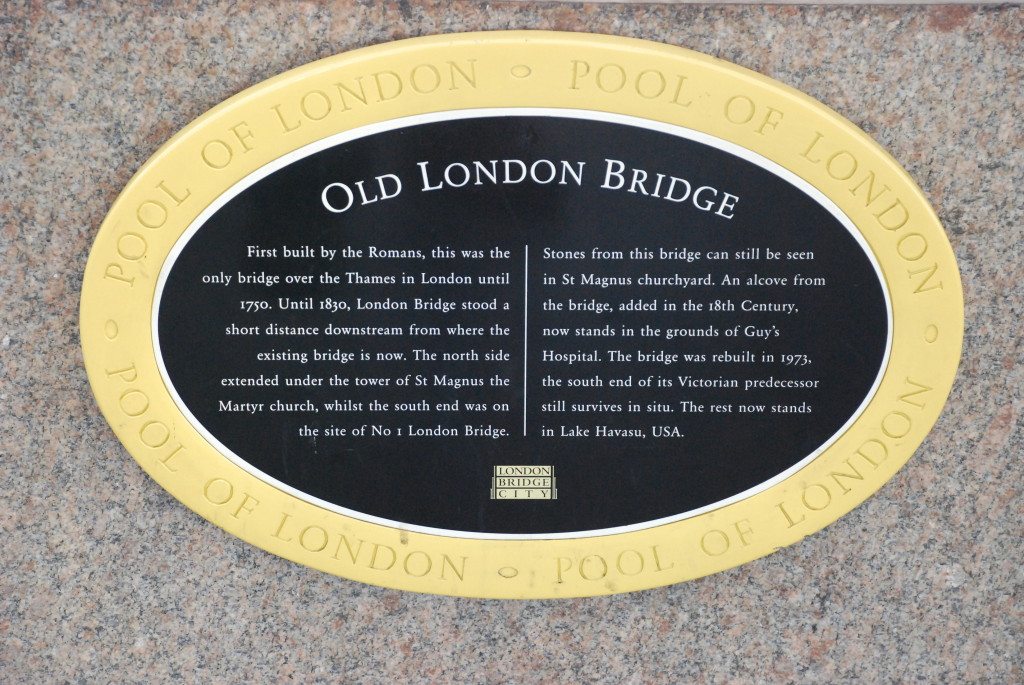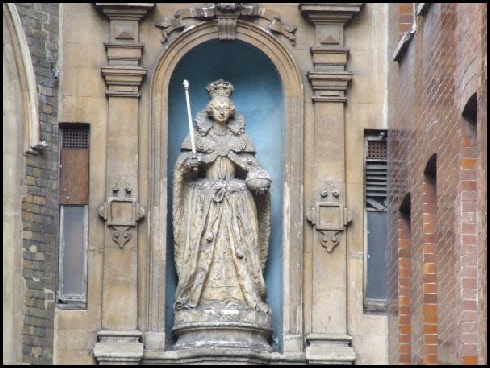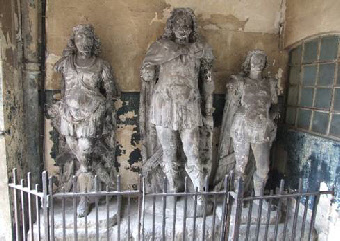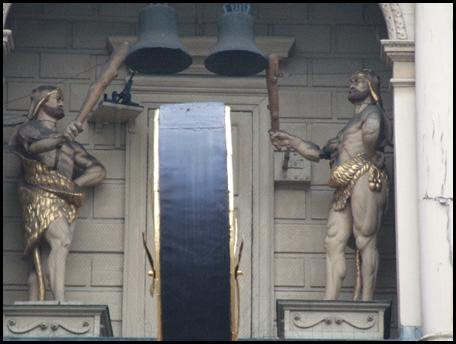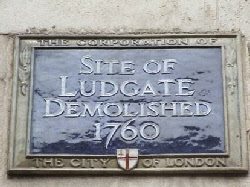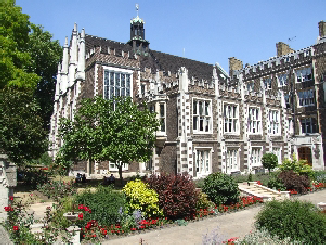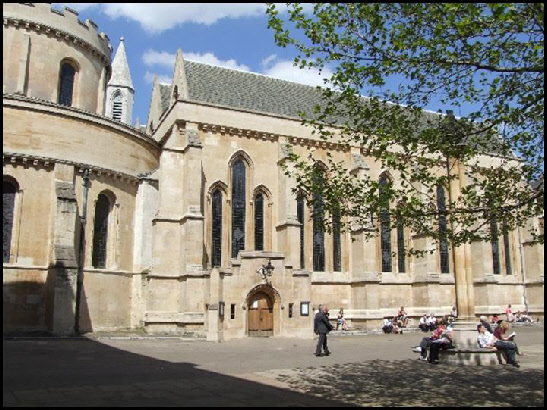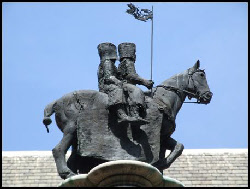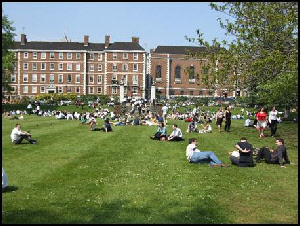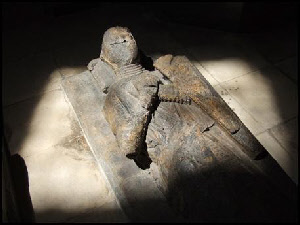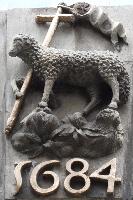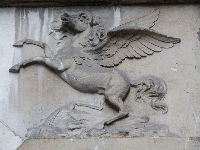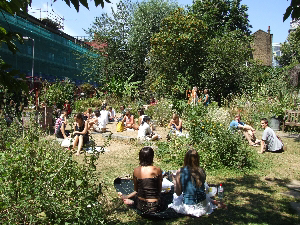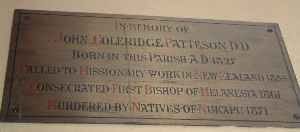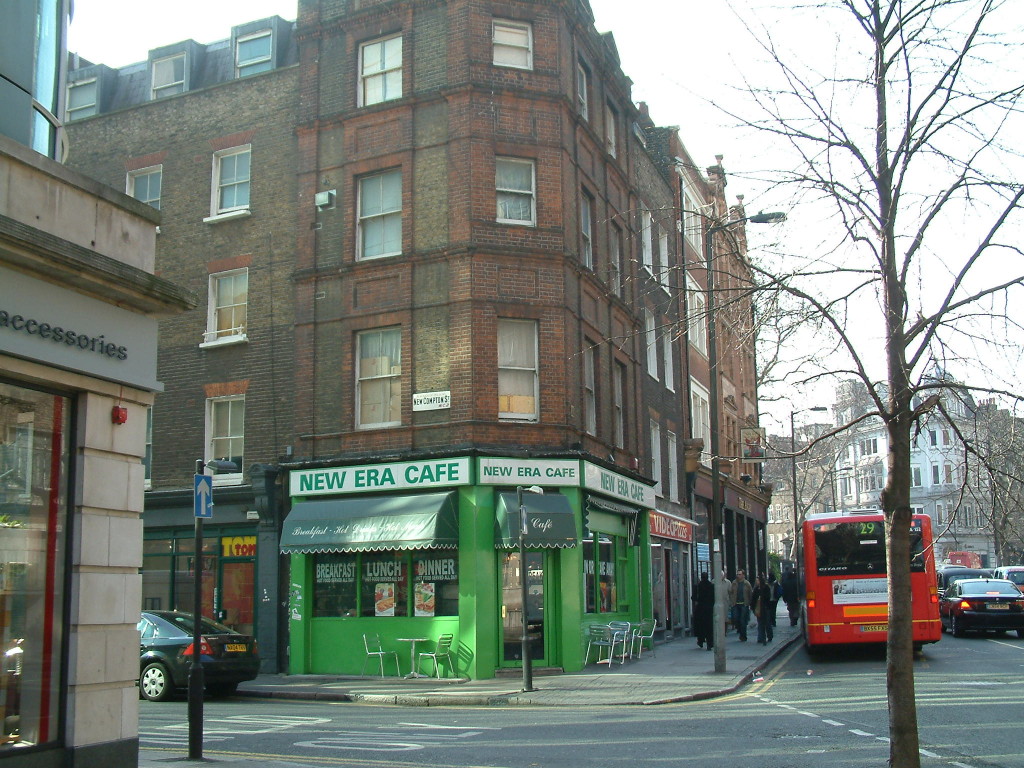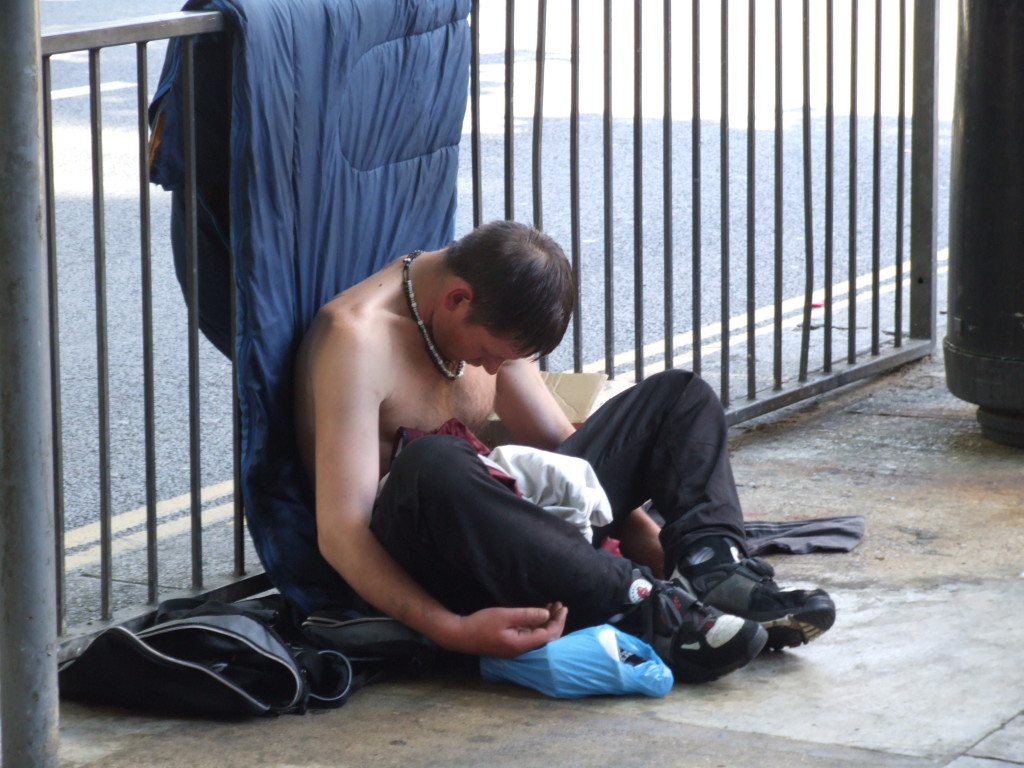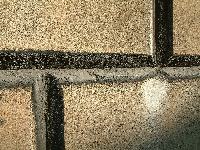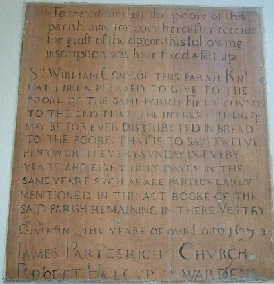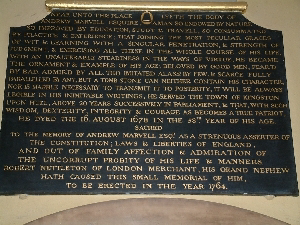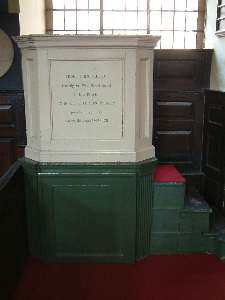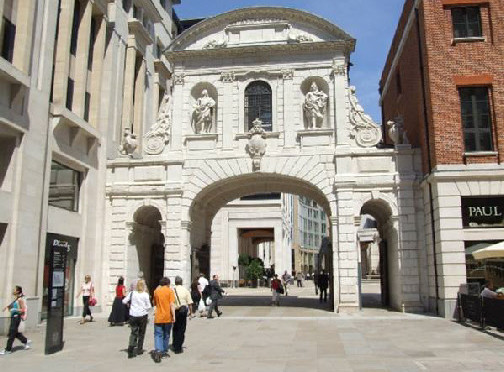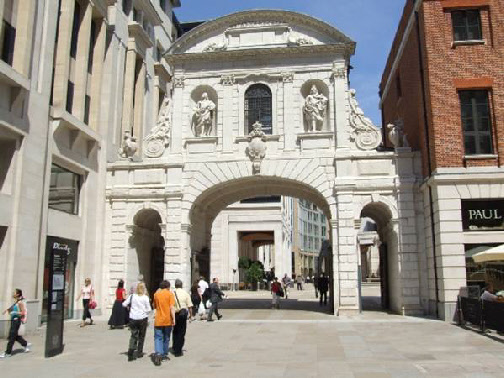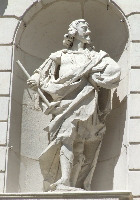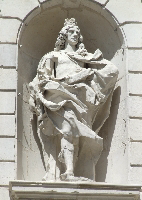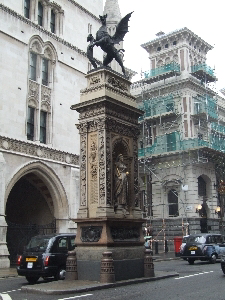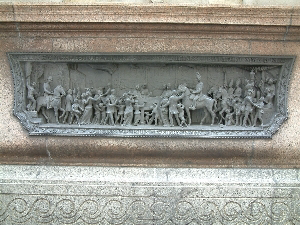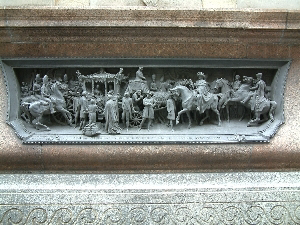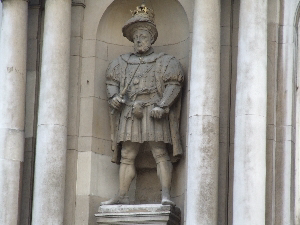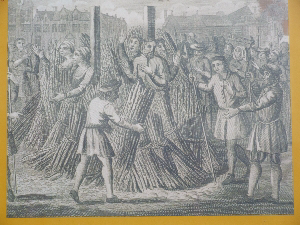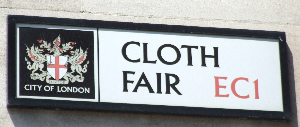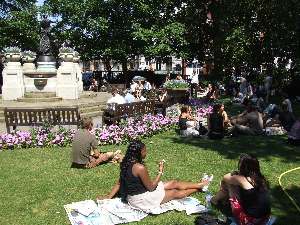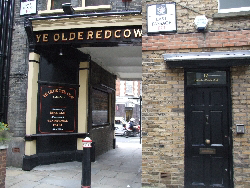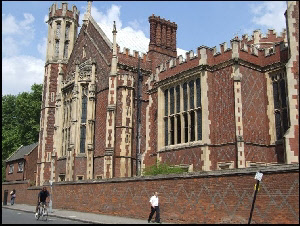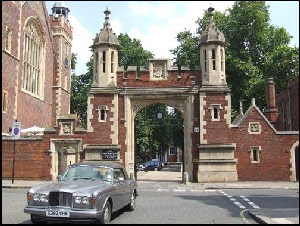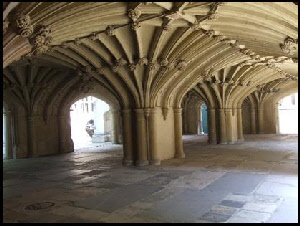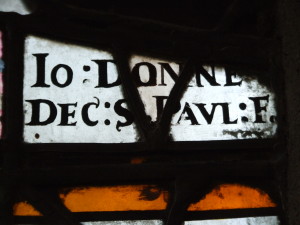I’m sure you have heard of Sir Thomas More as part of your high school English theatre studies, if not from history, in the form of a 1960 Robert Bolt drama and a subsequent 1966 movie starring Paul Scofield, both called “A Man for all Seasons.” He was the Lord Chancellor for Henry VIII. It was not always good to be too close to King Henry because when he annulled his marriage to Catherine of Aragon, his first wife, and wanted to marry Ann Boleyn, the spotlight fell on Sir Thomas.
Catherine had two girls, Mary and Elizabeth, but Henry considered he needed a male heir. He had Catherine sequestered to a convent in Dunstable (look for the Priory signs all around Dunstable and you’ll realise it was a formidable presence in Dunstable’s past) and held a convocation of bishops in the Blackfriars building, now the site of Sion Hall, next-door to the Old City of London School building, still standing on the bank of the Thames.
The convocation could not bring itself to agree to Henry’s actions so he dissolved it and declared himself head of the Church in England. He expected Thomas to declare his right to marry Ann Boleyn, but Thomas said nothing. Henry interpreted Thomas’ “thundering silence” as condemnation of his wish to marry, but Thomas said the legal meaning of silence is assent.
The king encouraged Thomas Cromwell to try Sir Thomas in a special court, which duly found him guilty of treason. He was sentenced to be hanged, drawn and quartered but the king commuted this to beheading and his head was set on a pike on London Bridge. His body was buried in the Tower of London. It is said that one of his daughters later claimed the head, and it is buried in Canterbury Cathedral.
I found the statue above on the corner of Carey St, off Chancery Lane, and I was interested in the caption which says “Some time Lord High Chancellor of England. Martyred July 5th 1535. The faithful servant both of God and the king.” It looks like a Victorian building and I was intrigued that even 350 years after he was executed, Sir Thomas’ admirers still insist that his actions were those of a true servant of the king.
The stained glass window below is in the church of St Lawrence Jewry, which is in the grounds of the Guildhall in Gresham St. To get there, walk across Holborn Viaduct, down Newgate Street, left into St Martins le Grand and right into Gresham St. Follow it to the Guildhall on your left. The church isn’t always open; you just have to be lucky.
I have been surprised that nothing of Sir Thomas is mentioned in Lincoln’s Inn, his Alma Mater. I could only inspect the chapel, of course, so perhaps there is some remembrance in the Hall, or the library. This picture of the gardens of Lincoln’s Inn shows the fountain with the Old Buildings behind, that back on to Chancery Lane. They bend the corner and run along Carey St to my right in this picture, to form part of a square.
The statue of Sir Thomas, is on a building attached to the back of the Old Buildings, so he has his back to Lincoln’s Inn and is looking at the Royal Courts of Justice. Since this building and the RCJ are both Victorian, perhaps our great-grandparents are reminding us of how government should work.
Sir Thomas More was born in Milk St, off Cheapside, almost opposite St Mary le Bow, and became a lawyer in Lincoln’s Inn. He coined the word Utopia as an island paradise of justice and good. In 1935, More was canonised a saint by both the Catholic Church and the Anglicans and was declared the patron saint of lawyers and statesmen. He gave his life in the firm belief of the separation of church and state. He was indeed, the Faithful Servant.
